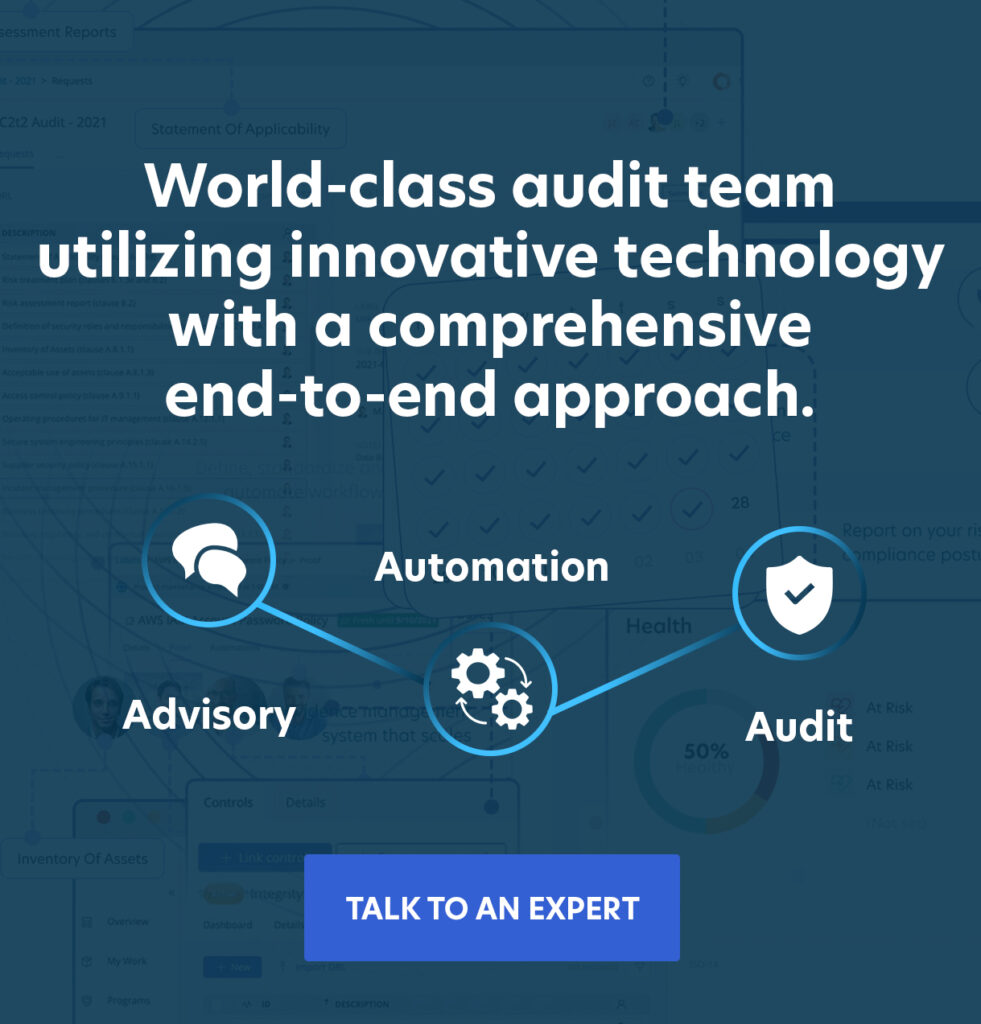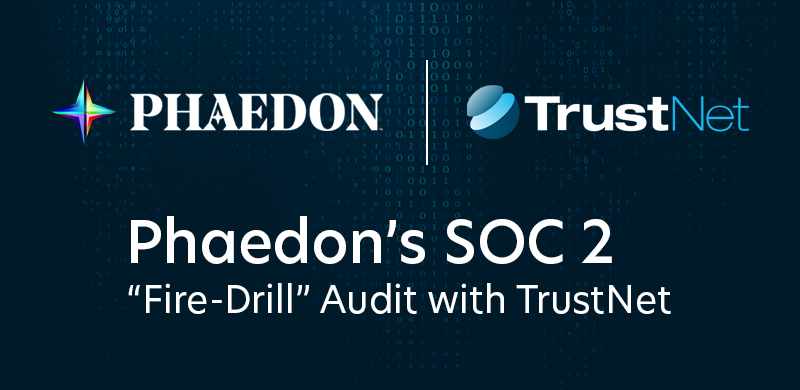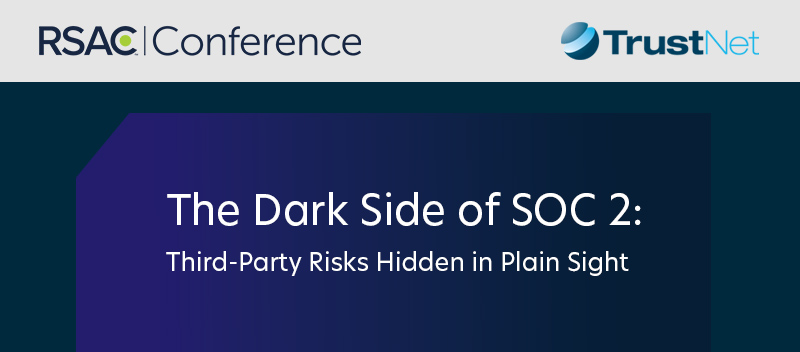The Rise of AI-Driven Cyber Threats in 2025

TL;DR
In 2025, cybercrime is expected to cost $10.5 trillion annually. This article breaks down the most dangerous AI-powered attacks, their real-world impacts, and the best practices CISOs must adopt to defend against them. With expert advisory, automation tools like GhostWatch, and robust audits/assessments, TrustNet helps organizations stay secure, compliant, and ahead of AI-fueled threats.
Artificial intelligence is empowering defenders and emboldening attackers. In the past year alone, 87% of organizations experienced AI-driven cyberattacks, including deepfake scams, adaptive malware, and automated phishing campaigns. As these threats escalate, global cybercrime damages are projected to reach $10.5 trillion annually.
This article delves into the rise of AI-driven cyber threats, examining their types, associated risks, and real-world impacts. It also outlines actionable strategies and solutions to bolster defenses against these evolving challenges.
The Double-Edged Sword: AI in Cybersecurity
AI has become a powerful force on both sides of the cybersecurity battlefield. While it strengthens digital defenses, it also amplifies the speed, scale, and sophistication of attacks.
How AI Strengthens Cyber Defense:
- Real-time threat detection: AI identifies anomalies across large datasets with unmatched speed. Implementing such systems has shown a 35% improvement in fraud detection rates.
- Automated incident response: Machine learning enables faster containment, mitigation, and breach detection time.
- Proactive threat intelligence: AI tools monitor attack trends, predict threats, and adapt defenses accordingly.
How Attackers Weaponize AI:
- Adaptive malware: AI helps create polymorphic malware that mutates to bypass security tools.
- Deepfake social engineering: Cybercriminals use synthetic audio and video to impersonate executives or vendors.
- Scalable phishing: AI-generated emails mimic human tone and grammar, making attacks more convincing.
- Zero-day exploit discovery: AI automates vulnerability scans across systems, accelerating exploit timelines.
According to a report from InfoSecurity Magazine, the Identity Theft Resource Center (ITRC) stated that in Q1, the financial services sector experienced the highest number of incidents, followed by healthcare and professional services.
Cyber-attacks affected the majority of victims, totaling 90.4 million, with supply chain attacks impacting 3.4 million and system or human errors accounting for 104,000 cases.
Additionally, 6,494 individuals were affected by physical attacks that resulted in the exposure of their personal information.
AI adoption brings unmatched efficiency, but also significant risk. Organizations must pair AI innovation with strong governance, model validation, and threat monitoring to avoid enabling the very attacks they seek to prevent.
Discover how TrustNet’s advanced AI-powered monitoring and automated risk assessment can keep your organization one step ahead.
Types of AI-Driven Cyber Threats in 2025
Here are the top types of cybersecurity threats fueled by AI in 2025:
AI-Supercharged Malware & Ransomware
Attackers use AI to modify malware and ransomware on the fly, evading detection and maximizing damage.
Automated Phishing & Social Engineering
AI crafts highly convincing emails and voice phishing (vishing) attacks. In 2024, business email compromise attacks accounted for 73% of all reported cyber incidents.
Adversarial AI Attacks
Hackers exploit AI itself through prompt injection, data poisoning, and model manipulation to disrupt defenses or gain unauthorized access.
Insider Threats & Data Exfiltration
AI tools automate data theft and abuse of privileged access, heightening insider-driven breach risks.
Supply Chain & Zero-Day Exploits
AI accelerates vulnerability discovery and exploitation within complex supply chains, leaving organizations exposed.
Generative AI Security Risks
Large Language Models (LLMs) automate the creation of malicious code, fake identities, and misinformation, multiplying threats at scale.
Understanding these threats helps organizations prioritize defenses and reduce risk in an AI-driven cyber environment.
Real-World Data: The Evolving Threat Landscape
Cybersecurity threats and vulnerabilities are growing rapidly, fueled by advances in AI. Industry data projects that the global cost of cybercrime will increase from $9.22 trillion in 2024 to $13.82 trillion by 2028 (Source: Statista).
AI security risks are becoming more tangible. Studies from Harvard Business Review show AI-generated phishing emails deceive up to 60% of recipients, far surpassing traditional phishing success rates. Meanwhile, AI-crafted malware adapts continuously to evade signature-based defenses.
Furthermore, the widening cyber skills gap compounds these challenges.
Most organizations struggle to find professionals with deep expertise in both cybersecurity and AI. This shortage delays secure deployment, increases exposure to adversarial risks, and undermines oversight of AI systems.
CISOs must act decisively to close this gap:
- Build internal training programs focused on AI risk management and secure ML operations
- Partner with academic institutions to shape curriculum and pipeline future-ready talent
- Engage managed security service providers (MSSPs) with proven AI security capabilities to augment internal teams
A blended approach ensures coverage while internal expertise matures.
Best Practices and Solutions: Defending Against AI Cybersecurity Risks
Organizations must act decisively to protect their digital environments. Here are some best practices:
- Deploy AI-Driven Defense Tools That Work
Strengthen detection and response by implementing:
- Extended Detection and Response (XDR) to correlate activity across endpoints, networks, and cloud infrastructure
- Behavioral analytics to identify abnormal activity in user behavior and AI systems
- Security Orchestration, Automation, and Response (SOAR) tools powered by AI to triage alerts and automate incident response
These platforms eliminate noise, reduce dwell time, and contain threats faster.
- Power Up Threat Intelligence
Stay ahead of attackers by integrating AI into your threat intelligence program:
- Detect attacker patterns across environments
- Predict emerging vulnerabilities with real-time analytics
- Automate threat scoring to prioritize action
This approach improves signal fidelity and speeds up decision-making.
- Secure the AI Supply Chain
Protect every stage of the AI lifecycle:
- Scan and validate training datasets for poisoning attempts
- Secure model APIs and third-party integrations
- Monitor AI outputs continuously to detect drift, bias, or manipulation
Adversaries target weak links in AI infrastructure. Eliminate them early.
- Train Your Teams Against AI-Powered Threats
Increase human resilience through practical awareness training:
- Expose teams to deepfake simulations and synthetic media
- Identify AI-generated phishing emails and social engineering patterns
- Launch simulated attacks to reinforce security hygiene
A well-trained workforce stops threats that bypass technical controls.
- Enforce AI Governance from Day One
Define policies before deploying AI in critical workflows:
- Establish model validation, drift detection, and access control standards
- Limit exposure through least-privilege access to algorithms and datasets
- Enable continuous monitoring and real-time auditing
- Align internal governance practices with established frameworks such as the NIST AI Risk Management Framework and ISO/IEC 42001
Clear governance ensures responsible AI adoption at enterprise scale.
- Partner with Cybersecurity Experts like TrustNet
TrustNet’s Accelerator+ combines expert Advisory, Automation via GhostWatch, and in-depth Audit/Assessment under one roof. With our suite of services, you can confidently detect threats, enforce compliance, and secure cloud, network, and endpoints.
What’s Next: Staying Ahead of AI-Driven Threats
AI-driven cyber threats evolve fast, and your defenses must evolve faster.
TrustNet’s Accelerator+ provides a unified strategy that combines Advisory, Automation, and Audit/Assessment, ensuring your security and compliance programs remain effective, efficient, and audit ready.
- Advisory: Identify and remediate gaps early with expert guidance tailored to your industry and regulatory environment.
- Automation: Streamline compliance using tools like GhostWatch, our all-in-one platform for managing security and compliance workflows. Reduce human error, increase efficiency, and scale effortlessly.
- Audit/Assessment: Gain peace of mind with our seasoned auditors/assessors for SOC, PCI, ISO 27001, and more, delivering actionable insights and audit readiness across sectors, including healthcare, finance, telecom, and more.
AI-powered attacks won’t wait, and neither should your defenses. Invest in next-generation protection with TrustNet.
Subscribe to the TrustNet Newsletter
actionable cybersecurity strategies, and TrustNet’s cutting-edge solutions.




